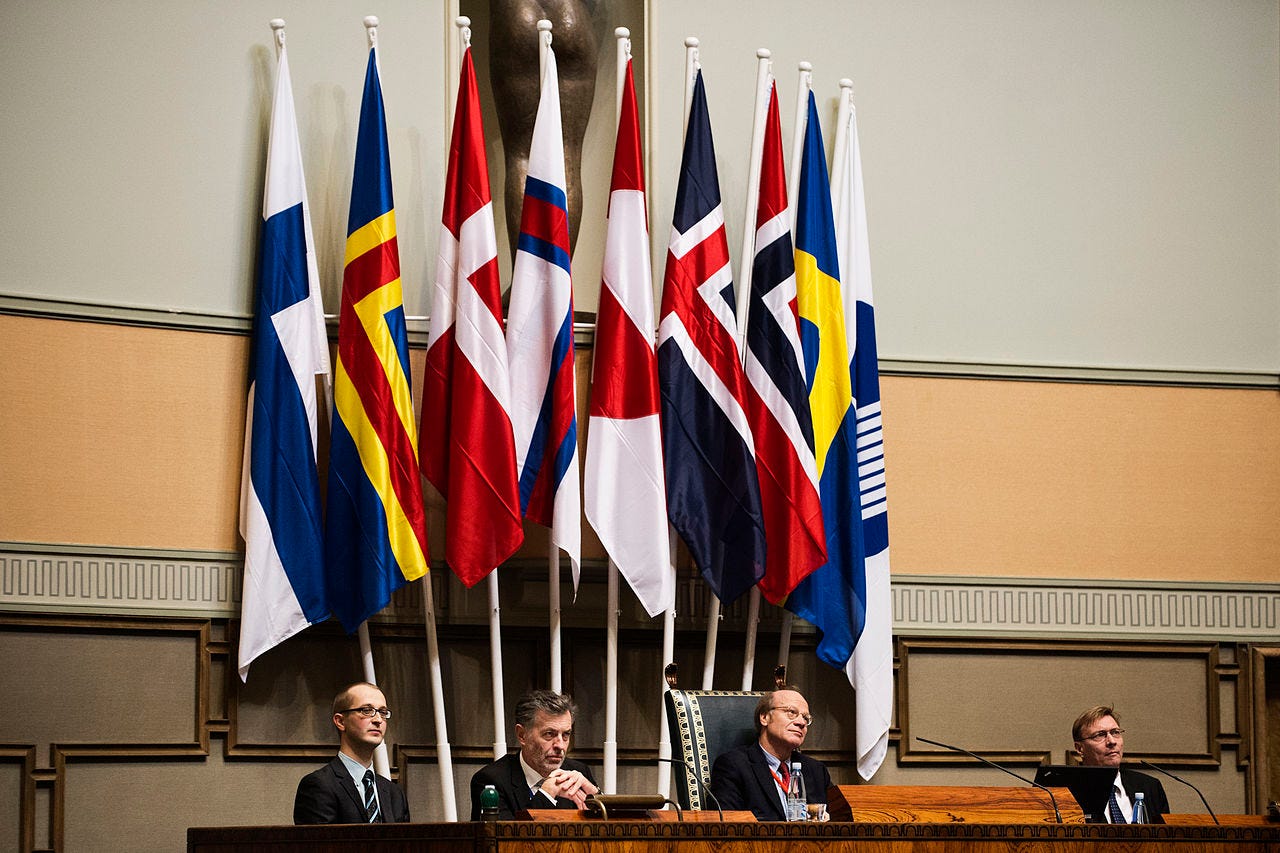The Nordic Fallback Option
The Scandinavian countries have selectively opted out of European and trans-Atlantic integration. A shared cultural identity and desire for autonomy unite the region instead.

The Nordic countries—Sweden, Norway, Denmark, Finland, and Iceland—are commonly regarded as ideal liberal democracies and the archetypal success cases for European development and political economy. International organizations that attempt to quantitatively rate the peacefulness, wealth, and happiness of the world’s nations almost always put the Nordic countries at the top of the list. The inequality-adjusted Human Development Index (IHDI) put Norway and Iceland in first and second place worldwide in 2020, with Finland fourth and Sweden seventh. In 2020, Finland had the lowest GDP per capita adjusted for purchasing power parity (PPP) of all the Nordic countries at approximately $50,000, but was still higher than the United Kingdom, France, Canada, and New Zealand.1 Iceland was first in the Global Peace Index for 2021. The World Happiness Report for 2022 put Finland, Denmark, and Iceland in first, second, and third place.2 Reporters Without Borders named the top four countries for press freedom in 2021 to be Norway, Finland, Sweden, and Denmark, in that order.3 Yet, surprisingly, the Nordic countries do not uniformly participate in the most prominent international integration projects nominally aimed at replicating their level of development and form of political economy.

